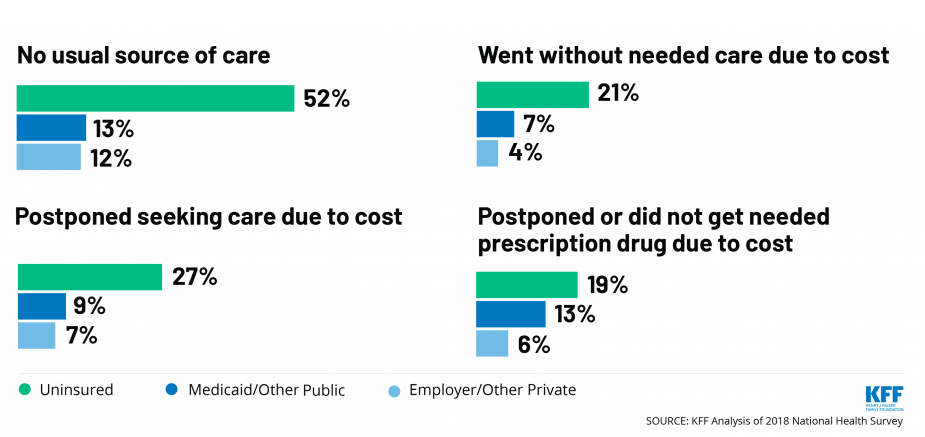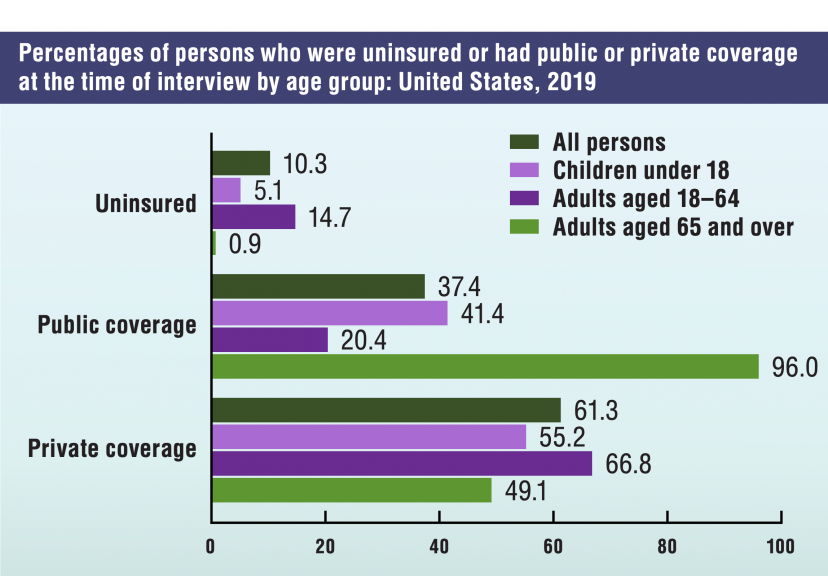Considerations to implementing a strong program supporting low-income, uninsured, and insured patients with high deductibles
Implementing a program to benefit your uninsured patients can be overwhelming. More successful programs, regardless of covered entity type, start slow with an achievable project timeline and milestones to accomplish.
Start slow and involve those staff working with patients. Examples would be working with social workers, admission advisors, receptionists, patient advocates and discharge planners and begin in a specified department, like emergency or urgent care. This program also allows the flexibility to focus on problem disease states where the uninsured population is high and/or are commonly prescribed medications which have a high associated cost Selecting key staff to implement the program leads to a greater likelihood of success. Another key consideration would be to partner with the contracted pharmacies so they are aware of the program details and can assist the appropriate patients with receiving affordable prescription medications.
Don't forget your patients with high deductible or copays. In most cases, helping these patients through a subsidy (all or a portion of their co-pay) would likely have a greater positive impact on your uncompensated care than these patients not filling their prescribed medication . The results of better healthcare outcomes are usually more cost effective than continuing to care for patients with worsening health. Providing access to more affordable medication for patients who self-pay by choice or by circumstance and without any assistance can also provide a benefit to hospitals or health centers serving their communities. These programs are in place to help all patients have greater access to better health outcomes, decrease overall healthcare costs and benefit the community overall.
A strong 340B Prescription Discount Card program supporting uninsured patients should include:
- 340B eligibility determined in real-time and communicated to the 340B participating Pharmacy
- Distribution of prescription discount identification cards to eligible uninsured patients (including those eligible for a subsidy based on ability to pay)
- Marketing materials, including posters to be displayed in clinics, ED and other locations throughout the covered entity and participating pharmacies.
- Support a customizable program design.
- Loading 340B eligibility information at the processing PBM
(e.g. list of uninsured and/or low-income patients, providers, and 340B pricing)
- Application of a “Lesser of” pricing
(typically 340B price inclusive of fees, Network rate, Pharmacy Usual & Customary price)
- Consideration of available pharmaceutical patient assistance programs for high-cost medications.
Implementing and executing a strong program to support your uninsured, self-pay, and those with high deductibles and co-pays utilizing the benefits of the 340B program can significantly help any covered entity and their patients. These programs can provide affordable prescription medications to their patients, optimize 340B savings, and add significant community benefit while partnering with local pharmacies to improve health outcomes . It is equally important to point out that patients with commercial prescription coverage who can afford their deductibles and copays are not the best candidates for these programs. If these patients still find it challenging to afford their medications, then subsidizing their high co-pay or deductible should be considered as mentioned above. At the end of the day, putting patients first to deliver healthcare services and the best available health outcomes is the reason that covered entities participate in the 340B program.
The content in this blog is for informational purposes only and is not intended to be used in place of regulatory guidance. The opinions and views expressed herein are those of the authors and do not necessarily reflect the official position or opinions of SUNRx or any regulatory authority. Furthermore, some content may contain copyrighted material, the use of which has not always been specifically authorized by the copyright owner, but which we believe constitutes a "fair use" of any such copyrighted material as provided for in Section 107 of the US Copyright Law. We are making the information herein available in our efforts to advance understanding of the 340B program and its offerings. These views are always subject to change, revision, and rethinking at any time and may not be held in perpetuity.
1 Section 340B(a)(4)(L)(i) of the PHSA
2 To the extent permitted or not restricted by the patient’s insurance plan.
3 Please note that due to the recent restrictions imposed by certain drug manufacturers, 340B priced product may not be available at one or more of your contract pharmacies.
National Center for Health Statistics Fact Sheet
https://www.cdc.gov/nchs/data/factsheets/factsheet-health-insurane-H.pdf
Kaiser Family Foundation Charts and Slides
https://www.kff.org/uninsured/slide/uninsured-most-likely-to-delay-or-go-without-care-or-prescription-drugs-due-to-cost/




